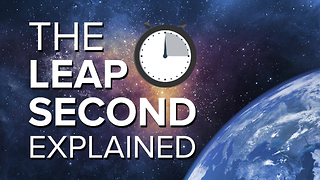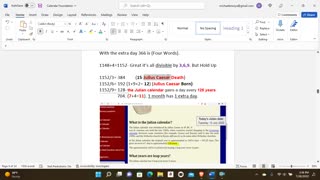Leap Year: The Extra Day We All Need
What is Leap Year?
Leap Year is a year with an extra day added to the calendar to keep our calendar aligned with the Earth's rotation around the sun. The Earth takes approximately 365.24 days to complete one revolution around the sun. To account for this extra time, we add an additional day to the calendar every four years.
Why is it called Leap Year?
The term "leap year" comes from the fact that the extra day, February 29th, is "leaped over" in years without this additional day.
Why is February 29th the extra day?
In the Gregorian calendar, the months are arranged in a specific order to maintain a balance between the number of days in each month. Since February is the shortest month, it was chosen to host the extra day.
Fun Leap Year Facts:
Leap years always occur in years that are divisible by 4, except for century years that are not divisible by 400. For example, the year 2000 was a leap year, but 1900 was not.
People born on February 29th are called "leaplings" or "leapers." They technically have a birthday only once every four years, but most celebrate their birthdays on either February 28th or March 1st in non-leap years.
Leap years have been observed since ancient times. The Babylonians, Greeks, and Romans all had their own versions of a leap year system.
Leap Year is an essential part of our calendar system, ensuring that our seasons and holidays stay aligned with the Earth's journey around the sun. Next time you come across a February 29th, remember the fascinating history and importance of this extra day!
Feel free to share your thoughts, questions, or leap year stories in the comments below!
-
 0:50
0:50
christinejefferson69
3 months agoLeap year Why do we have an extra day every 4 years
22 -
 0:42
0:42
NomTheDragon
1 year agoThe Leap Year Is Broken... #shorts
18 -
 2:21
2:21
PBS_SpaceTime
6 years agoThe Leap Second Explained
1.32K -
 1:11:45
1:11:45
Victory Today Streaming
3 months agoLeap Year 2024
923 -
 7:17
7:17
Numberdamus369
10 months agoWho Created Leap Year? Julius Caesar
701 -
 1:35
1:35
WKBW
4 years agoCelebrating leap year babies in Western New York
20 -
 16:18
16:18
What If Everything You Were Taught Was A Lie?
1 year agoGod's Calendar Vs. Man's Calendar History, Days, Months And Years Explained
4601 -
 1:00
1:00
AFV
8 years ago18 People Who Aren't Ready For Leap Year
603 -
 42:31
42:31
ReedRonald
3 months agoleap year open
14 -
 2:13
2:13
BeFreeTech
1 year agoOur Yearly Calendar is a big LIE
129